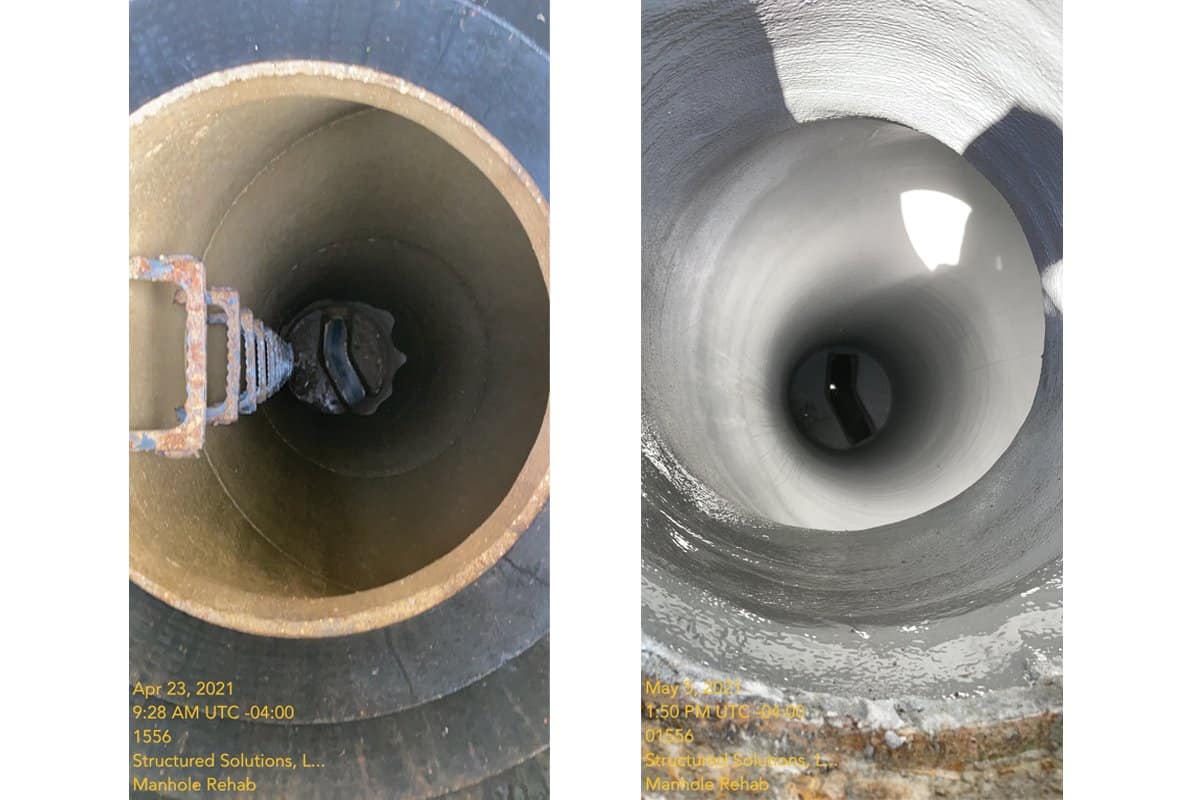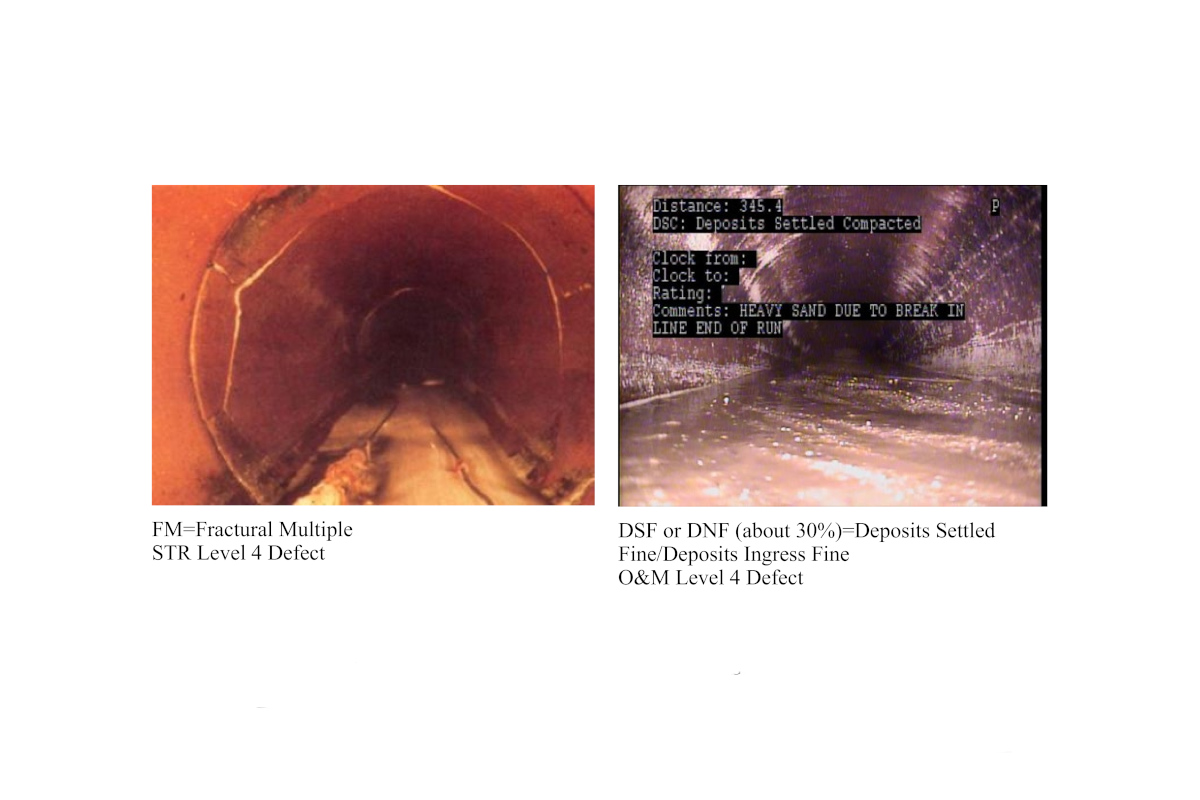
What’s In Store for the Trenchless Technology Industry in 2023?
2022 brought unprecedented challenges and opportunities for the construction industry. Contractors and manufacturers worked overtime to overcome a gamut of obstacles to keep projects moving forward for completion.
The list was long and formidable: supply chain snarls, worker and materials shortages, rising costs for critical raw materials, as well as rising inflation and a recession. How did the construction industry fare?
Like a heavyweight champ taking punch after punch after punch and still coming out on top: that has been the construction industry these last few years. How are all these things affecting and playing out in the trenchless sector? We’ve been hearing from our industry insiders for the last three years about how the trenchless industry has been overcoming these challenges.
But what does 2023 bring for the construction industry and, more specifically the trenchless and underground infrastructure sector, as the year unfolds before us? We checked in with industry experts for perspective as the New Year gets under way. Here’s what they said.
Our panel:
- Matthew Izzard, executive director of NASTT
- Sheila Joy, executive director of NASSCO
- Daniel Shumate, managing director of FMI Capital Advisors
1. What is the overall outlook for 2023 when it comes to the utilities construction market?
Izzard: Many of the utilities infrastructure projects that were delayed over the last couple of years have now developed beyond the design and bidding stage and are due to see teams and equipment onsite in 2023. The mix of new installation and rehabilitation programs is an opportunity to showcase the diversity of trenchless technology with several putting the latest innovations into action.
Joy: Given NASSCO’s Government Relations Committee’s success in moving the needle in promoting NASSCO’s key policy recommendations in Washington, D.C., my answer to this question focuses primarily on opportunities surrounding funding of underground infrastructure in 2023. The increase in federal funding for local water infrastructure projects that was passed in the Bipartisan Infrastructure Law (BIL) in November 2021 will finally be through the funding application process and many utilities will have funding in-hand in 2023 to begin construction on important projects. Nationally, $1.9 billion from the Clean Water State Revolving Fund (SRF) and $1.9 billion from the Drinking Water State Revolving Fund (SRF) will have been (or will about to be) awarded to projects. Plus, an additional $2.2 billion for each of the SRFs for projects will be selected in 2023. Finally, increased federal funding through the Water Infrastructure Finance and Innovation Act (WIFIA) loan program, and $43 million through the Sewer Overflow & Stormwater Reuse Municipal grant program, will help utilities move forward on critical construction projects.
Shumate: The U.S. residential construction market likely peaked in 2022 and ended an incredible period of growth from the housing crisis in 2010-11. A decline in residential housing suggests that the site utility growth for residential development will slow as developers slow-down their investment and delay projects. However, while the Federal Reserve is working to constrain the money supply. Investor-owned utilities continue to spend meaningful capital on their infrastructure programs and Congress has spent billions on new infrastructure and infrastructure repair programs for water, wastewater, fiber, and power. While residential declines, the federal spending and infrastructure repair programs suggest that the non-building utility infrastructure construction markets should be resilient.
RELATED: Supply Chain Snarls, Increasing Costs Impacting Trenchless Companies
2. How would you describe the year for utilities rehab/construction in 2022? What were its strengths and weakness?
Izzard: The global supply chain challenges were a significant factor in 2022 to both delivery schedules and costs. Uncertainly led to delays which, while frustrating, have provided time for additional planning, sourcing of materials and longer to assess resources and applications. In several cases this has allowed more advanced and technical trenchless techniques to be used, where time did not allow before. 2022 provided the first opportunities for the trenchless community to meet and gather. Networking through direct human interaction is so much more powerful and many of our closest friends are our work colleagues. The forced time away has increased an appreciation of everyone seeing each other and has created a real feel-good factor as we return to building our future.
Shumate: The utility infrastructure rehabilitation and construction markets remained healthy throughout 2022. The greatest strengths in the market were funding sources (sustained multi-year upgrade and replacement programs) and infrastructure improvements that contribute to an evolving electric utility infrastructure. While the funding provided from Federal legislation is still moving through agencies and engineering, the state and local budgets were still strong from the liquidity provided during the COVID timeframe and investor-owned utilities (IOUs) and local distribution companies (LDCs) continue to increase their capital expenditures on a year-over-year basis. Additionally, both private developers and IOUs are actively hardening infrastructure and preparing for increasing renewable generation capacity and increased energy demand that would increase as electric vehicles become more prevalent. Weakness in the utility markets remains in the gas transmission markets as new infrastructure permitting and approvals remain very difficult and in the availability of certain types of products to complete the work that is available. The supply shortages range from chassis to PVC pipe and have slowed or delayed projects when supply chains do no cooperate.
RELATED: 2022 Trenchless Technology Roundtable – Manufacturers Weigh-in
3. How would you describe the trenchless technology industry going into 2023? What are its strengths and weaknesses?
Izzard: Trenchless technology is fast moving and solutions based and 2023 will see many ‘firsts’ in our industry. As the capabilities of trenchless technology increase so also does the commonality in it becoming an automatically preferred choice over open-cut, instead of an alternative work round. Providing the right knowledge to stakeholders in selecting suitable systems and techniques when planning work enables informed, effective choices to be made. Providing as much access to information to provide research is our challenge to improve the environment, effectiveness, and economic gains.
Shumate: Trenchless technology continues to be a preferred method of utility installation in many parts of the country. The infrastructure installed is less likely to be damaged and depending on soil conditions can be competitive with other types of installation. It also prevents the destruction of roads, yards, and other structures to complete open-cut installation. Additionally, overhead-to-underground programs seeking to harden overhead infrastructure have been implemented across the United States. However, as infrastructure in the underground becomes denser, accurately identifying other infrastructure is necessary to prevent unnecessary damage and costly repairs. Locating technologies improve year-over-year but cross-bores and gas mains and services remain a concern for owners of utility infrastructure.
4. What areas do you expect the most growth for 2023, particularly in the trenchless industry?
Izzard: Rehabilitation and fiber are two market areas in continual demand for improvement. The population expansion continuously requires higher capacity networks as well as an ever-aging infrastructure requiring upgrades has significant investment assigned to projects in 2023.
Shumate: We expect the highest rate of growth to occur in the water and wastewater rehabilitation markets. This is a big change from years past where there has been sustained growth in the high-single digits for power distribution construction, repair, and replacement and the fiber and telecom markets that are actively deploying fiber for faster broadband, 5G infrastructure, and smart grid improvements that allow for constant communication and load distribution. The funding from both Federal and State governments combined with the active efforts to prevent the calamities that began in Flint, Michigan, and have continued this year in Jackson, Mississippi, and even in major metropolitan areas like Houston. The long overdue investment in the water and wastewater segments make for potential growth opportunities, where funding and public attention previously limited activity.
RELATED: 2021 FMI Construction Outlook
5. What are you hearing from manufacturers and contractors about the coming year? What are their biggest challenges?
Izzard: Availability of skilled labor. There are so many exciting career opportunities to anyone looking to learn or be involved in our utility network. Career path and accredited skills training programs are available, many with places funded through employers or member association scholarships, providing a great opportunity to future CAD designers and HDD operators etc. By providing access to diverse student groups and career development opportunities to everyone wanting to develop their skills and provide their value, we can attract and engage better trained people to improve us all.
Joy: There are several challenges that seem to consistently arise when talking with water sector leaders. First, workforce-related challenges continue, such as skilled labor shortages, wage increase demands, retirements without knowledge transfer to the next generation, and job hopping by employees to new companies for better wages or career growth. Contractors are under immense pressure to meet client project delivery expectations, and having a stable and skilled workforce is critical, but the current workforce marketplace makes things very difficult for contractors. Another area of challenge continues to be supply chain issues. Demand for pipes, pumps, construction materials, and other important products have only slightly decreased in the last six months. Unfortunately, the BIL Buy America Build America (BABA) requirement that construction projects backed with federal funding must use Made in America products and construction materials will likely squeeze the supply chain as bad, or even worse, than it was during the height of the recent shortages. It will likely take a couple of years for the domestic production of necessary products to be able to meet the demands of the marketplace, especially with the increased federal funding across a variety of utility sectors. Utilities in some cases will be able to obtain waivers for products that they can’t obtain domestically. That will place an increased burden on contractors and utilities to request waivers or make sure they’re compliant with the BABA requirement if they use domestically produced products.
Shumate: The biggest challenges for manufacturers in the coming year remains the supply chain and the lack of price stability. Most manufacturers have needed to increase prices to address real costs in the materials they are utilizing and the additional inventory they need to keep on hand as the supply of those materials is less predictable. These increases in working capital and material prices can weigh on the companies that are hesitant to place cost increases on their customer base. For contractors, labor remains the bottleneck to growing their businesses and addressing the work opportunities available. Companies that are effectively recruiting and retaining quality people have seen meaningful growth over the past three to five years, while those that are in tight labor markets where that is difficult have found growth to be challenging. For project management, companies have invested heavily in identifying, training and developing leaders. For laborers, recruitment to the industry is beginning in high school and is tied to quality job opportunities with limited to no student debt. Interestingly, industry associations have also begun advocacy on improved immigration legislation to increase the number of laborers that want to participate in the utility industry.
Sharon M. Bueno is the editor of Trenchless Technology.




